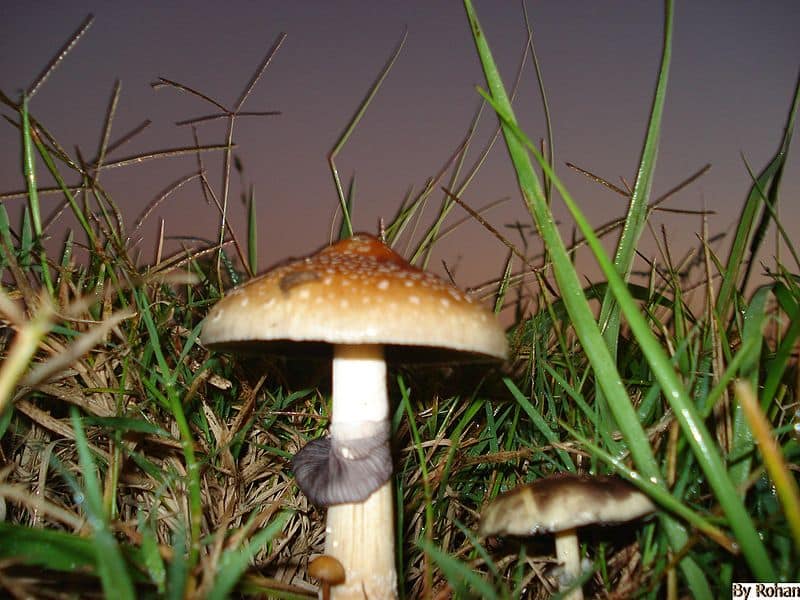A white radish is a member of the radish family native to East Asia, where it has been cultivated for centuries. There are a number of ways to use white radish in cooking, in Asian recipes and recipes from further afield, and this food is often obtainable at big grocery stores and Asian markets. Enterprising gardeners can also cultivate white radish at home, as it grows very readily and is generally easy to handle.
This food is also sometimes known as the Chinese radish, loo bak, mooli, winter radish, labanos, Japanese radish, or daikon. In appearance, it resembles an oversized white carrot or turnip, with a tapering root and a spray of large green leaves. When a white radish is grown entirely underground, it will have a tender, crispy texture and a mild flavor. If the root is allowed to protrude above the ground, the exposed areas can turn green and slightly woody; a green-topped radish should be avoided, if possible.
Several cultures believe that white radish is a very effective digestive aid. Small plates of grated radish may be served with fried foods and other heavy dishes to help people digest the meal. White radish may also be offered as a palatecleanser, or used as a garnish. In Japan, people are more inclined to eat white radish raw in things like salads, while the Chinese tend to prefer to cook it in stir fries and other dishes. White radish pickle is also a popular condiment and snack in some parts of Asia.
Health Benefits of Radish :
- Beneficial for the teeth, gums, nerves, hair and nails.
- Stimulate appetite.
- Relieve nervous exhaustion.
- Respiratory problems
- Digestive problems
- Relieves constipation
- Runny nose
- Helps to reduce overweight or obesity and dissolves gall stones.
- Helpful in cases of tuberculosis.
- Radish also has a mild diuretic effect, increasing the production of urine by the kidneys.
- Good for diabetics just like cucumber and bitter gourd.

